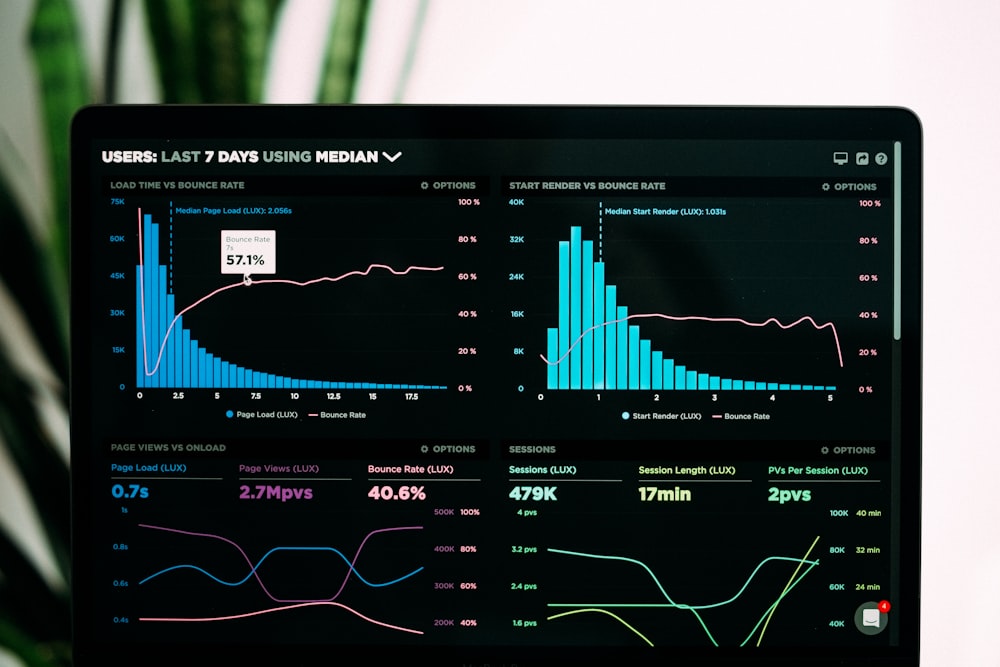
Screenshot API vs. Manual Capture Methods
When it comes to capturing website screenshots, developers have multiple options ranging from manual methods to fully automated API solutions. This article compares these approaches to help you choose the right one for your specific needs.
Manual Screenshot Methods
Browser Extensions
Pros:
- Simple to use for occasional screenshots
- No coding required
- Often free or low-cost
Cons:
- Not automatable
- Limited customization options
- Requires human intervention
- Inconsistent results
Built-in Browser Tools
Pros:
- Always available
- No installation required
- Basic functionality included
Cons:
- Limited to visible viewport
- Minimal options for customization
- No automation capabilities
- Manual process for each capture
Programmatic Solutions
Custom Headless Browser Implementation
Pros:
- Complete control over the implementation
- No external service dependencies
- One-time development cost
Cons:
- Significant development time required
- Ongoing maintenance burden
- Infrastructure costs for hosting
- Scaling challenges
Screenshot API
Pros:
- Immediate implementation with minimal code
- Consistent, high-quality results
- Advanced features out-of-the-box
- Scales automatically with demand
- Regular updates and improvements
Cons:
- Monthly service costs
- API rate limits
- External dependency
Cost-Benefit Analysis
For a typical business case requiring 1,000 screenshots per month:
| Method | Setup Time | Monthly Cost | Developer Hours | Quality | Reliability | |--------|------------|--------------|-----------------|---------|-------------| | Manual Capture | 0 hours | $0 | ~40 hours | Variable | Low | | Custom Solution | 40-80 hours | $50-200 (hosting) | ~10 hours | Good | Medium | | Screenshot API | 1-2 hours | $29-99 | 0 hours | Excellent | High |
Code Comparison
Custom Puppeteer Implementation:
01// Requires setup, hosting, and maintenance02const puppeteer = require('puppeteer');03const express = require('express');04const app = express();0506app.post('/screenshot', async (req, res) => {07 const { url } = req.body;0809 try {10 const browser = await puppeteer.launch();11 const page = await browser.newPage();12 await page.goto(url, { waitUntil: 'networkidle2' });13 const screenshot = await page.screenshot({ fullPage: true });14 await browser.close();1516 res.set('Content-Type', 'image/png');17 res.send(screenshot);18 } catch (error) {19 res.status(500).send('Screenshot failed');20 }21});2223app.listen(3000);24// Plus error handling, scaling, monitoring, etc.
Screenshot API Implementation:
01// Ready to use, maintained and scaled for you02async function getScreenshot(url) {03 const response = await fetch('https://api.screenshotapi.com/capture', {04 method: 'POST',05 headers: {06 'Content-Type': 'application/json',07 'Authorization': 'Bearer YOUR_API_KEY'08 },09 body: JSON.stringify({ url, fullPage: true })10 });1112 return await response.json();13}
When to Choose Each Option
Choose Manual Capture When:
- You need very few screenshots (1-5 per month)
- No automation is required
- Screenshots are for internal use only
Choose a Custom Solution When:
- You have very specific requirements not met by APIs
- Your organization has security policies preventing external API use
- You have the developer resources to build and maintain it
Choose Screenshot API When:
- You need regular or high-volume screenshots
- You want to automate the process
- You need advanced features like full-page capture, element selection
- You want to minimize development and maintenance time
- Reliability and quality are important
By carefully considering your specific needs, volume, and available resources, you can select the most appropriate screenshot solution for your use case.
Ready to Get Started?
Get your API key now and start capturing screenshots in minutes.


